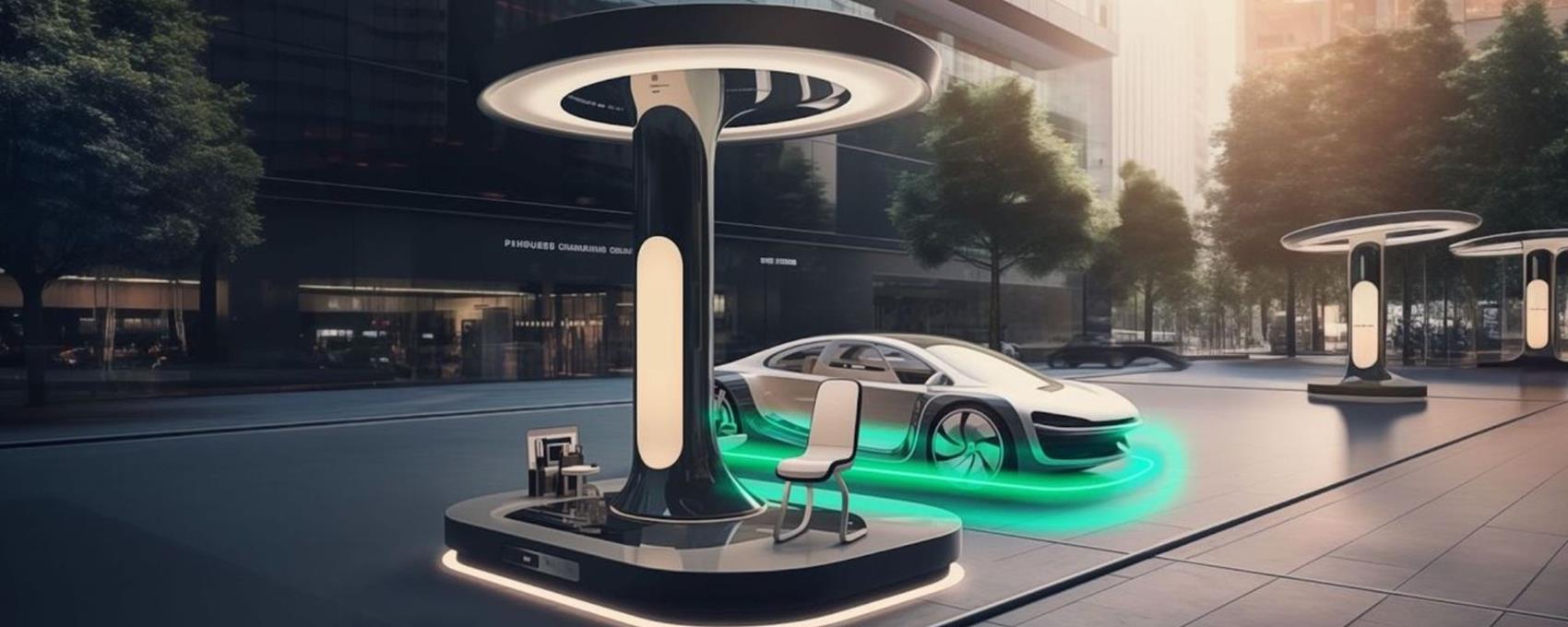Residential EV Chargers
Commercial EV Chargers
DC Chargers

Electric vehicles (EVs) are becoming an integral part of Australia’s shift towards sustainable transportation. As the country progresses toward net-zero emissions, the need for efficient EV charging infrastructure has never been more critical. Let’s explore the current landscape and what the next decade holds for EV charging in Australia.
In 2023, Australia introduced its National Electric Vehicle Strategy, a comprehensive framework designed to accelerate the adoption of EVs while supporting the development of essential infrastructure. One of the key elements of this strategy is the introduction of a fuel efficiency standard. This standard sets mandatory limits on the amount of carbon dioxide (CO2) emissions that vehicles can emit, encouraging car manufacturers to produce more fuel-efficient vehicles and promote the adoption of EVs.
By implementing these standards, Australia aims to reduce the dominance of high-emission internal combustion engine (ICE) vehicles and provide consumers with cleaner, more efficient options. The fuel efficiency standard not only pushes automakers to innovate but also makes EVs a more appealing choice for Australians by leveling the playing field in terms of costs and environmental benefits.
Beyond the fuel efficiency standard, the National Electric Vehicle Strategy supports various initiatives, including battery recycling, infrastructure planning, and the rollout of EV-ready designs in apartment buildings. Additionally, the government is training emergency service workers to handle EV-related incidents safely, ensuring a smooth transition to an electric future.
On the infrastructure side, Australia is expanding its EV charging network through programs like the EV Fast Charging Grant, which are driving the installation of fast chargers across New South Wales. These grants aim to reduce range anxiety by ensuring that EV drivers have easy access to charging points, encouraging more people to switch to electric vehicles.
Looking forward, Australia has set ambitious targets to drive the future of EVs. By 2030, the country aims to have EVs make up 52% of new car sales, a significant increase from today’s figures. This is part of a larger vision to achieve net-zero emissions by 2050, and the widespread adoption of EVs will be crucial to this goal.
To accommodate this rapid growth, the Australian Electric Vehicle Industry is working toward the ambitious goal of having one million EVs on Australian roads by 2027. This will require not only an increase in EV availability but also a significant expansion of the charging infrastructure. We can expect to see a surge in the number of fast-charging stations nationwide, with a focus on urban areas, highways, and even remote regions to ensure that all Australians have access to reliable EV charging.
Technological advancements will also play a key role in shaping the future of EV charging infrastructure. Emerging technologies like wireless charging, ultra-fast charging, and smart grid integration are set to transform the EV charging experience, making it more efficient, convenient, and user-friendly.
These innovations will make the EV charging experience faster, more convenient, and more environmentally friendly, encouraging wider adoption. As Australia continues to invest in charging infrastructure, the integration of these technologies will be crucial in meeting the growing needs of EV drivers while supporting the nation’s transition to a cleaner energy future.
In conclusion, Australia is well on its way to creating a robust EV charging infrastructure, with a clear roadmap outlined in the National Electric Vehicle Strategy. The introduction of fuel efficiency standards and the continued development of charging infrastructure are critical steps in achieving the country’s long-term sustainability goals. With ambitious targets set for the next decade, Australia is poised to embrace a cleaner, more sustainable future powered by electric vehicles.
If you have any further questions, feel free to contact us:
1300 912 650